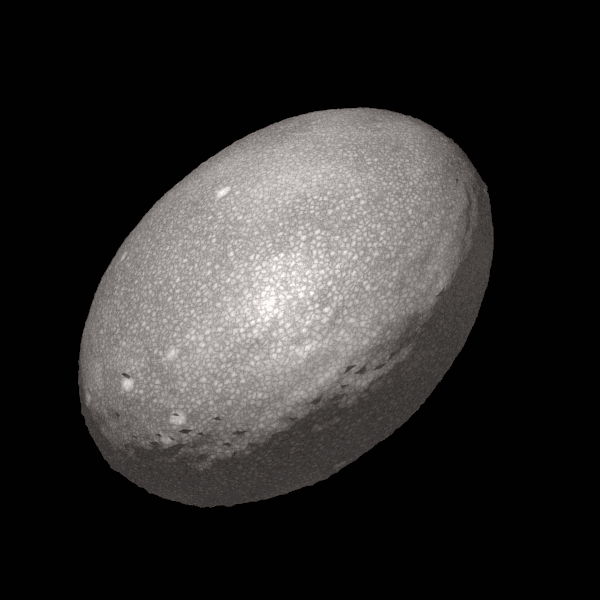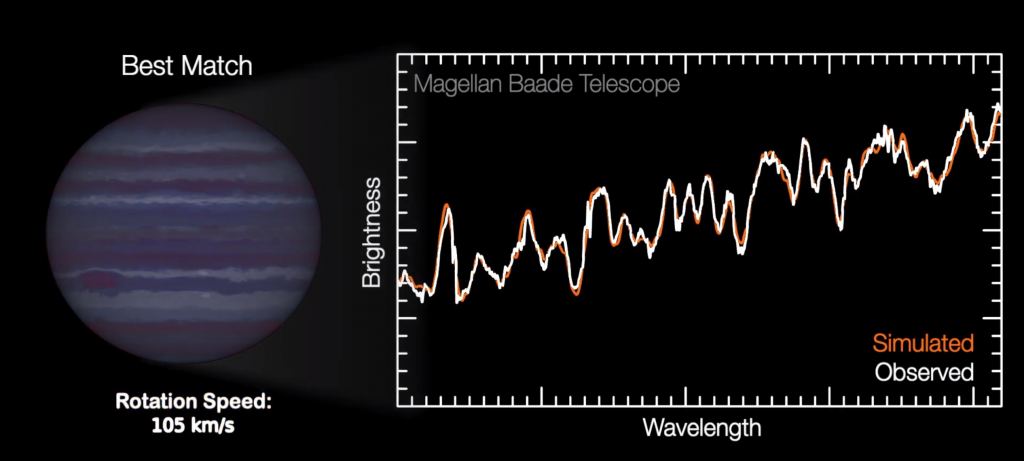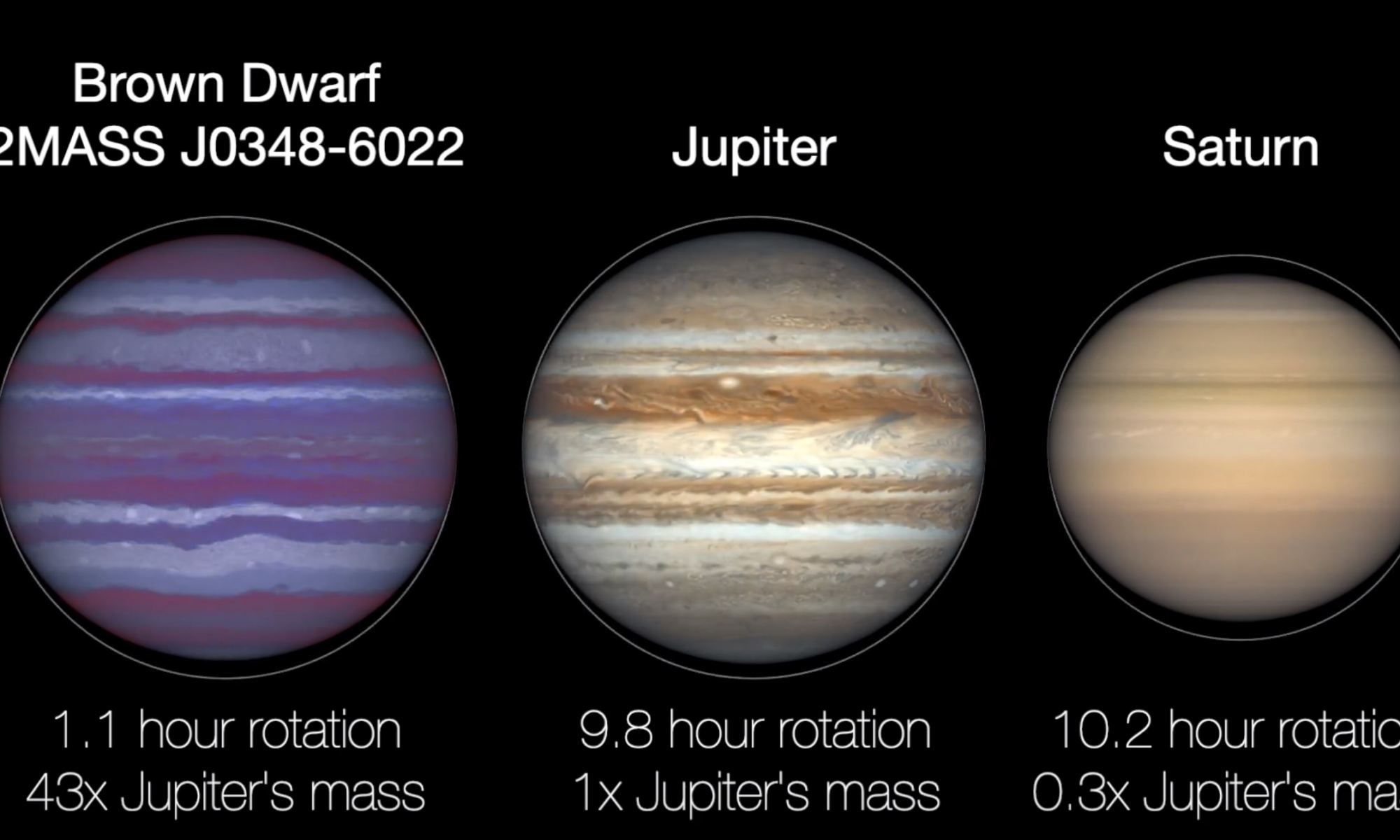We tend to image planets as spheres. Held together by gravity, the material of a planet compresses and shifts until gravity and pressure reach a balance point known as hydrostatic equilibrium. Hydrostatic equilibrium is one of the defining characteristics of a planet. If a planet were stationary and of uniform density, then at equilibrium, it would be a perfect sphere. But planets rotate, and so even the largest planets aren’t a perfect sphere.
When a planet rotates, the region around the equator moves more quickly than the regions near the poles. Gravity has a harder time holding on to the equatorial matter, and so the equator bulges out slightly. Careful measurements of Earth, for example, show that it bulges slightly. The diameter of Earth along the equator is about 40 kilometers greater than the diameter from pole to pole. But this is tiny compared to the overall size of Earth, which is why it looks like a perfect sphere when viewed from space.

Some planets rotate so quickly we can see their flattening with the naked eye. Saturn is perhaps the best example of this. It has an average density less than water, and its “day” is only 10 hours long. The most extreme case in our solar system is likely the dwarf planet Haumea, which rotates every 4 hours. We don’t have high-resolution images of Haumea, but observations of its varying brightness indicate it has an equatorial diameter more than twice that of its polar diameter.
Things get interesting as a planet is more massive. Jupiter, for example, rotates a bit faster than Saturn but is significantly less flattened. That’s because Jupiter has three times the mass of Saturn, so Jupiter’s gravity can better hold things together. With greater mass comes stronger gravity, so you would think that planets larger than Jupiter would be spherical. But as a recent study shows, that might not always be so.
The study focuses on brown dwarfs, which lie on the mass scale between stars and planets. A brown dwarf has a mass between about 13 and 78 Jupiters. Below 78 Jupiter masses, a body isn’t large enough to fuse hydrogen like a proper star. Above 13 Jupiter masses, a body can fuse a bit of deuterium, so they aren’t really a planet. Up close, most massive brown dwarfs would look like small reddish stars, while the smallest brown dwarfs (known as y-dwarfs) would appear very Jupiter-like. Even though they are more massive than Jupiter, y-dwarfs would be about the same size, just more dense because of their stronger gravity.

Astronomers have found more than 2,800 brown dwarfs. For most of them, we only know their basic properties, but for 78 of them, we know their rotation periods. We can measure this by observing the dwarf’s variation in brightness over time. Since their cloud layer has weather features like Jupiter, the periodicity of their brightness tells us their rate of rotation. When the team analyzed the rotational periods of these worlds, they found that the shortest rotational periods were just over an hour. Three of the brown dwarfs studied had periods of about an hour, which would indicate an upper limit.
This is extraordinarily fast. It means near the equator some of these brown dwarfs are rotating at more than 100 kilometers per second. If we assume brown dwarfs have a composition similar to Jupiter, then these fast-rotating bodies would have a flattened shape similar to Saturn, even with a much higher surface gravity.
It isn’t clear why the maximum rotation is about an hour, but one idea is that the brown dwarf would rip itself apart if it spun any faster. Since brown dwarfs don’t produce heat through fusion, they gradually cool as they age. With less heat and pressure, gravity squeezes them more tightly, causing them to shrink. With more mass closer to the axis of rotation, the brown dwarf would spin faster. So brown dwarfs could reach this upper limit as they age, and then start to break apart as they try to spin faster.
It’s a fascinating idea, but we’ll need more observational data to test it. For now, we can say pretty certainly that even some of the largest planet-like bodies are flattening the spherical curve.
Reference: Tannock, Megan E., et al. “Weather on Other Worlds. V. The Three Most Rapidly Rotating Ultra-Cool Dwarfs.” arXiv preprint arXiv:2103.01990 (2021).

